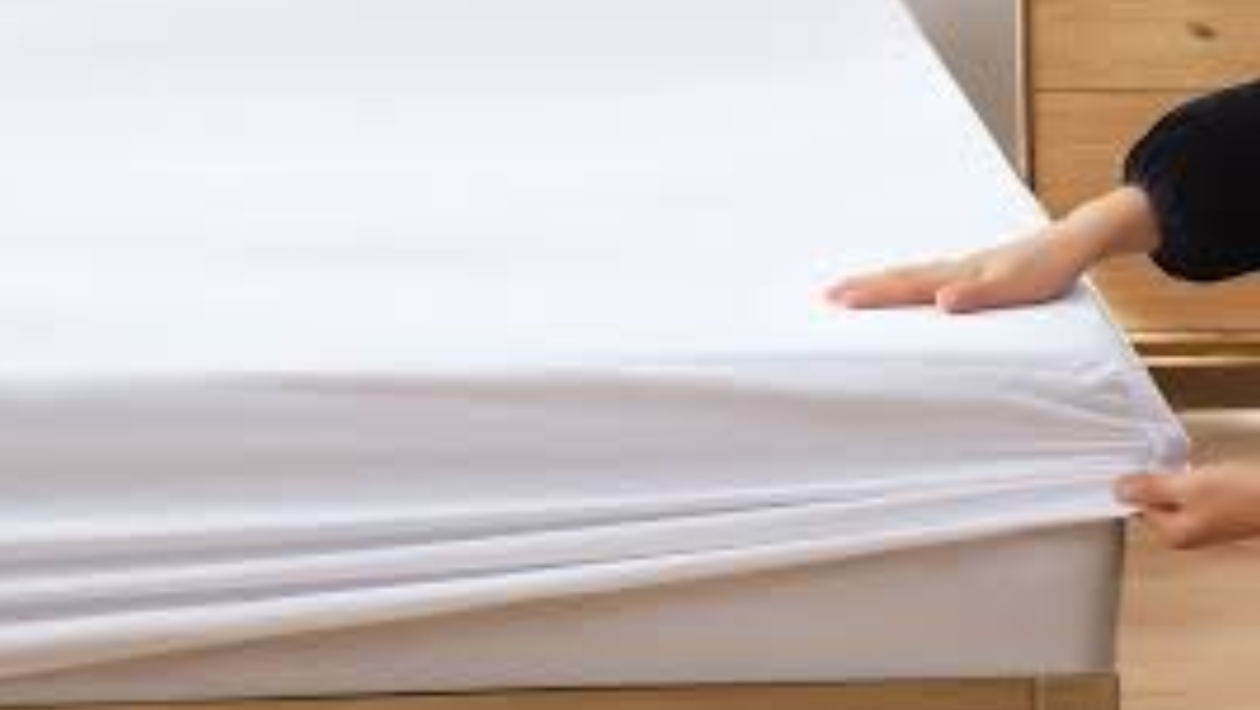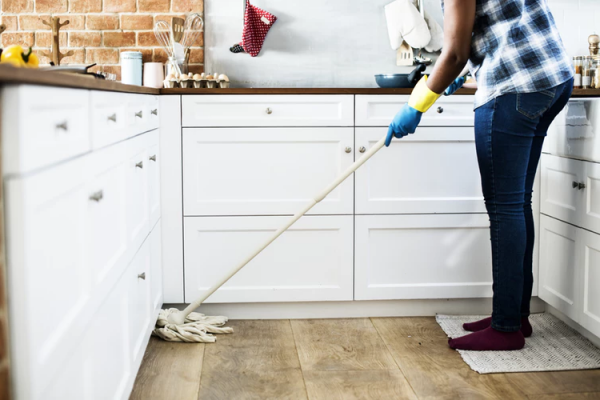Dust mites are tiny, microscopic creatures that thrive in warm and humid environments, and are commonly found in homes. These creatures are a common cause of allergies and can cause various health issues, including asthma and eczema. They feed on dead skin cells and can be found in bedding, carpets, and furniture. Getting rid of dust mites is important to maintain a clean and healthy home environment. In this article, we will discuss how to get rid of dust mites and reduce the risk of allergies and health problems caused by them.
Table of Contents
What Are Dust Mites?
Dust mites are tiny, eight-legged microscopic organisms that belong to the family Pyroglyphidae. They are commonly found in warm and humid environments such as bedding, carpets, and upholstery. Dust mites feed on dead skin cells shed by humans and pets, and they thrive in homes with high levels of humidity. These tiny creatures are not visible to the naked eye, but their waste products and body fragments can cause allergic reactions and respiratory problems in sensitive individuals.
What are the signs of a dust mite infestation?
The signs of a dust mite infestation may vary from person to person, and some people may not experience any symptoms at all. However, some common signs of a dust mite infestation include:
- Allergic reactions
Dust mite allergies are a common sign of an infestation, and may include symptoms such as sneezing, runny nose, itchy or watery eyes, and skin rashes.
- Respiratory problems
In some cases, dust mite infestations can lead to respiratory problems, such as difficulty breathing, wheezing, and asthma attacks.
- Skin irritation
Some people may experience skin irritation, such as redness, itching, and eczema, due to exposure to dust mite waste products.
- Visible signs
Dust mites themselves are not visible to the naked eye, but their waste products may be visible on bedding, carpets, and other surfaces in the form of small, dark specks.
How to get rid of dust mites?
There are several ways to get rid of dust mites and reduce the risk of allergies and health problems caused by them. Here are some effective methods:
Wash bedding and soft furnishings regularly: Dust mites thrive in warm and humid environments, so washing bedding and soft furnishings in hot water regularly can help to kill them.
Use allergen-proof covers: Covering mattresses, pillows, and duvets with allergen-proof covers can help to reduce dust mite populations by creating a barrier between you and the mites.
Vacuum regularly: Using a vacuum cleaner with a HEPA filter to clean carpets, upholstery, and other surfaces can help to remove dust mites and their waste products.
Reduce humidity: Keeping humidity levels in your home low can help to discourage dust mites from thriving. Using a dehumidifier or air conditioner can help to keep humidity levels low.
Use essential oils: Certain essential oils, such as eucalyptus and tea tree oil, have been shown to have antimicrobial properties that can help to reduce dust mite populations. Adding a few drops of these oils to your laundry or using them in a diffuser may help.
Clean regularly: Regular cleaning, including dusting and wiping surfaces with a damp cloth, can help to reduce the number of dust mites in your home.
Get professional help: If you have a severe dust mite infestation or are experiencing persistent symptoms despite your best efforts, it may be necessary to seek professional help from a pest control specialist or an allergist.
How often should I clean my bedding to reduce dust mites?
To reduce the number of dust mites in your bedding, it is recommended to clean it at least once a week. This includes sheets, pillowcases, and any other bedding materials that come into contact with your skin.
Washing your bedding in hot water (above 130°F or 54°C) can help to kill dust mites and their eggs. It is also recommended to use a gentle detergent that is free from fragrances and other harsh chemicals that may irritate the skin.
In addition to regular washing, using allergen-proof covers on mattresses, pillows, and duvets can help to create a barrier between you and the dust mites, reducing your exposure to them.
It is important to note that cleaning your bedding alone may not completely eliminate the dust mites from your home. To reduce their populations, it is also important to vacuum carpets and soft furnishings regularly, reduce humidity levels in your home, and take other steps to minimize their presence.
Are there any natural remedies for getting rid of dust mites?
Essential oils
Certain essential oils, such as eucalyptus, tea tree, and peppermint oil, have antimicrobial properties that may help to reduce dust mite populations. Adding a few drops of these oils to your laundry or using them in a diffuser may help to discourage dust mites from thriving.
Diatomaceous earth
Diatomaceous earth is a natural substance that can be used to kill dust mites. It is made up of the fossilised remains of diatoms and is available in powder form. Sprinkling diatomaceous earth on carpets, upholstery, and other surfaces and leaving it for a few hours before vacuuming it up can help to reduce dust mite populations.
Baking soda
Baking soda is a natural deodorizer that can also help to absorb moisture, which can discourage dust mites from thriving. Sprinkling baking soda on carpets and other surfaces and leaving it for a few hours before vacuuming it up can help to reduce dust mite populations.
Sunlight
Dust mites thrive in warm and humid environments, so exposing bedding and soft furnishings to sunlight can help to reduce their populations. Hanging bedding and soft furnishings outside in direct sunlight for a few hours can help to kill dust mites and their eggs.
Can dust mites cause skin irritation or rashes?
Dust mites can cause skin irritation or rashes in some people. When dust mites shed their skin and excrete waste. they can leave behind tiny particles that can trigger an allergic reaction in some individuals.
Symptoms of a dust mite allergy can include itching, redness, and rash on the skin. These symptoms can occur on any part of the body that comes into contact with dust mites, such as the face, neck, and arms.
What is the best way to clean carpets to get rid of dust mites?
Cleaning carpets regularly is an important step in reducing the number of dust mites in your home. Here are some tips for cleaning carpets to get rid of dust mites:
Vacuum carpets regularly: Using a vacuum cleaner with a HEPA filter to clean carpets at least once a week can help to remove dust mites and their waste products. Be sure to vacuum all areas of the carpet, including under furniture and in corners.
Use a steam cleaner: Using a steam cleaner to clean carpets can help to kill dust mites and their eggs. Steam cleaning should be done at least once a year or more frequently if you have pets or family members with allergies.
Use baking soda: Sprinkling baking soda on carpets before vacuuming can help to absorb moisture and reduce odours, which can discourage dust mites from thriving.
Use a carpet cleaner: Using a carpet cleaner with an antimicrobial solution can help to kill dust mites and reduce their populations.
Professional cleaning: If you have a severe dust mite infestation or are experiencing persistent symptoms despite your best efforts, it may be necessary to seek professional help from a carpet cleaning service or a pest control specialist.










